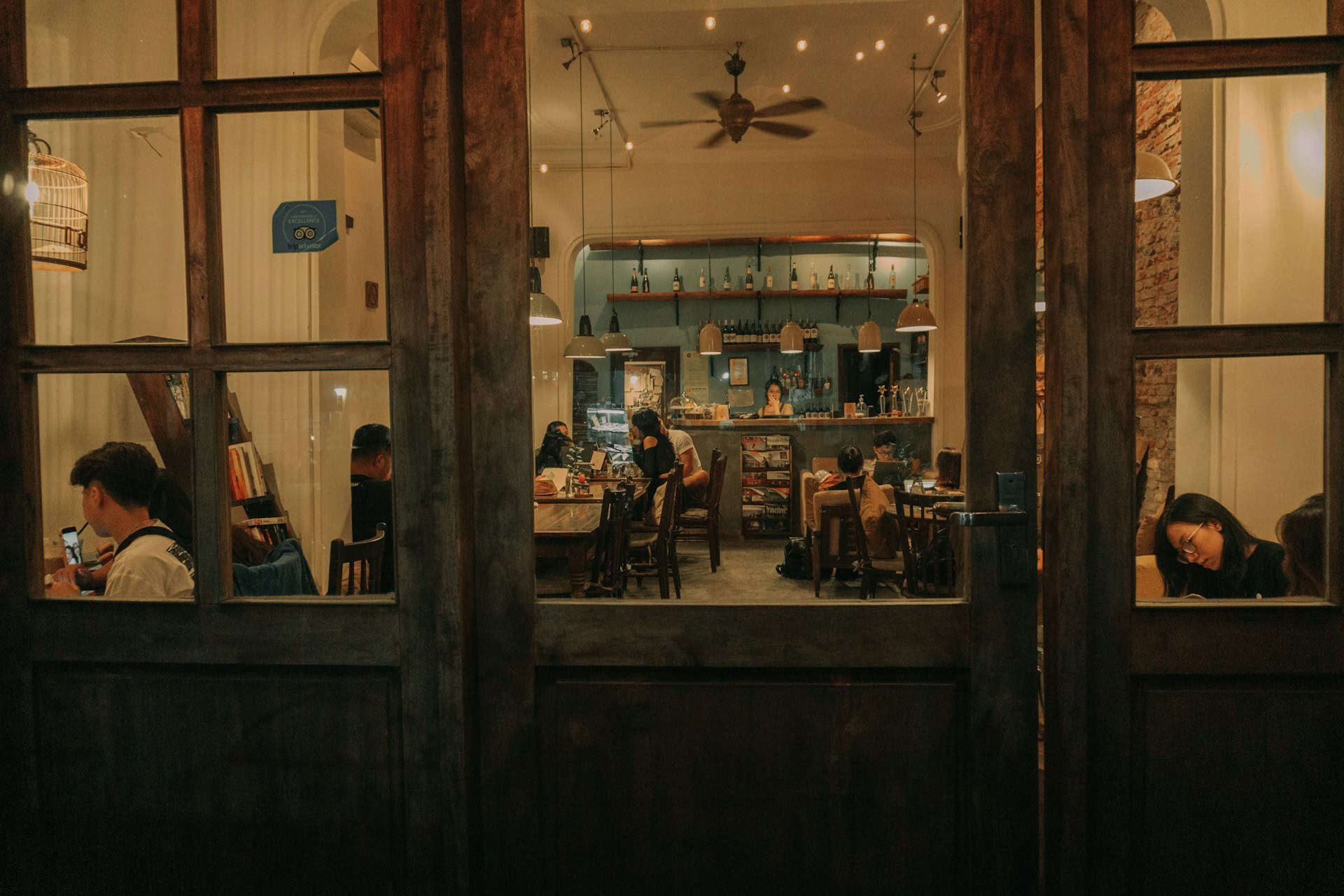
"Kopitiam has returned as a major trend—a beloved spot for coffee and relaxation popular among diverse demographics. Discover the compelling reasons behind this cultural revival. Scroll down to find out more."

Photo by Jonas Jacobsson on Unsplash


© SR Digital - Alinear Indonesia. All rights reserved.
Home | About Us | Smart Publication: ID | EN | JP | Business & Partnerships | Contact us | Sitemap